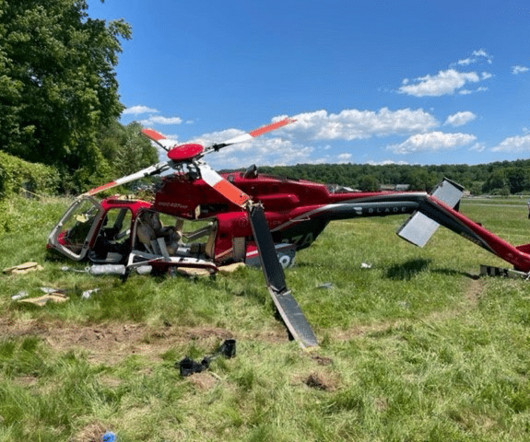Unbolted in Fairfield (Update on the 2022 Bell 407 GXP Crash)
Fear of Landing
APRIL 19, 2024
At approximately 30-40 feet agl, the spinning stopped and the helicopter appeared to stabilize for a brief moment before continuing a nose-low, forward descent into the grass north of Runway 28. When it stopped climbing, the helicopter maneuvered erratically drifting towards the north and descending. As it descended it spun around 2-3 times.












Let's personalize your content